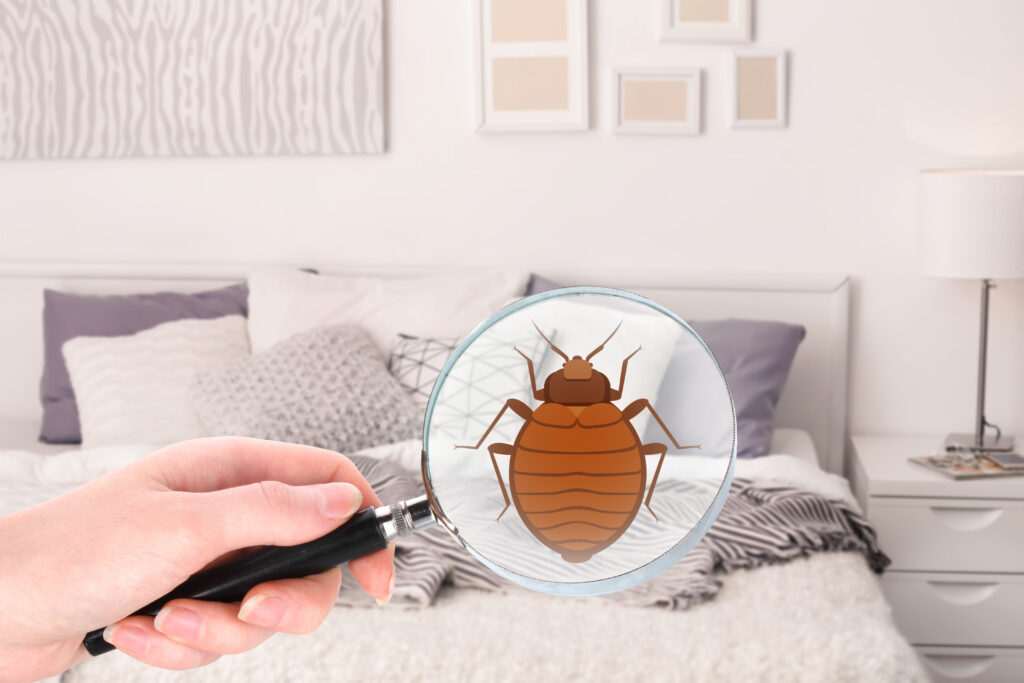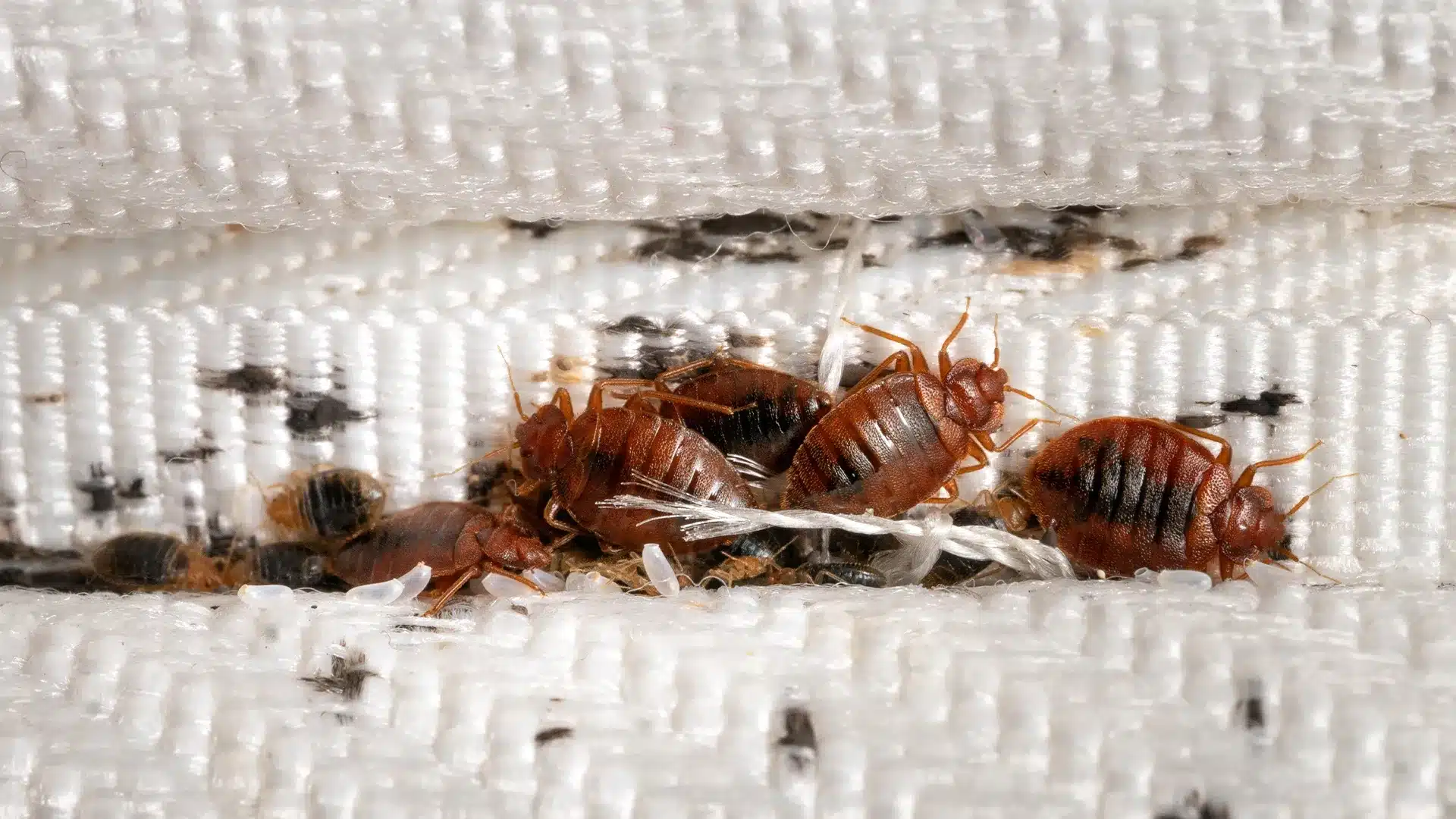How to Identify Bed Bug Bites and Prevent Future Infestations
How to Identify Bed Bug Bites and Prevent Future Infestations
Blog Article
Obtain Enlightened Regarding the Sorts Of Bug Control Techniques and Their Advantages for Homeowners
Understanding the different bug control techniques offered to property owners is essential for efficient bug management. Homeowners that are knowledgeable can make tactical choices that not only address parasite concerns yet also improve the overall quality of their living atmosphere.
Chemical Parasite Control Methods
Chemical pest control methods are an important element of integrated bug administration approaches for house owners seeking efficient remedies to pest infestations. These methods entail the application of chemical compounds designed to remove or discourage bugs that endanger personal residential property, wellness, and comfort. Common chemicals made use of consist of insecticides, rodenticides, fungicides, and herbicides, each customized to target certain bugs.
The key advantage of chemical bug control is its quick performance; numerous solutions offer immediate results, minimizing pest populaces dramatically in a brief time. In addition, breakthroughs in chemical formulations have led to items that are more eco-friendly and have reduced poisoning levels for non-target microorganisms when used appropriately.

Organic Pest Control Methods
Natural bug control approaches have actually acquired prestige as homeowners seek safer and extra lasting options to typical chemical approaches. Biological insect control strategies make use of all-natural predators, bloodsuckers, or pathogens to handle parasite populaces effectively. This technique is not just eco-friendly but also lessens the risk of injury to non-target varieties, consisting of useful pests and wildlife.
One of one of the most typical organic control techniques involves presenting natural killers into the setting. For instance, ladybugs can be used to control aphid populations, while nematodes target soil-dwelling bugs like grubs. Furthermore, parasitoids-- microorganisms that live on or within a host-- can be utilized to control details bug varieties by laying eggs inside them, ultimately bring about their death.
Another approach is the use of biopesticides, which are originated from all-natural materials such as minerals, plants, or bacteria (bed bug exterminator). These items can properly target pests while positioning marginal threat to humans and family pets. Generally, organic parasite control techniques give home owners with an efficient means of pest management that straightens with environmental concepts, advertising a healthier living environment while reducing reliance on artificial chemicals
Mechanical Insect Control Methods
Mechanical insect control strategies encompass a variety of methods that physically prevent or get rid of pests without using chemicals. These techniques are particularly useful for homeowners seeking eco friendly alternatives while making sure the security of their space.
One usual technique is the usage of obstacles, such as displays, catches, and internet, which protect against parasites from getting in homes or details areas. For example, mounting home window screens can effectively keep insects out, while utilizing physical obstacles around yards can prevent larger insects like deer or bunnies. Furthermore, mechanical traps designed for rats can record and eliminate these pests without the demand for harmful compounds.
One more efficient technique entails using vacuum cleaners and mops to remove parasites directly from surfaces. Normal cleaning and upkeep can significantly lower bug populaces by getting rid of food sources and hiding places. Employing devices like ultrasonic parasite repellents can deter various insects through sound waves that are unpleasant to them however inaudible to humans.
Cultural Pest Control Practices
Cultural bug control methods concentrate on modifying the environment and administration techniques to produce conditions that are less conducive to pest invasions. These practices are basic in maintaining a balanced ecological community and reducing the reliance on chemical interventions. By modifying farming techniques, property owners can effectively deter parasites while advertising plant health.
One common strategy consists of plant turning, which interferes with the life cycles of pests by changing the types of Extra resources plants expanded in a specific area (bed bug exterminator). This not only minimizes pest populaces yet likewise enhances soil health. Additionally, intercropping-- planting varied plants in closeness-- can puzzle pests and reduce their capability to situate their recommended host plants
Water monitoring is another crucial element of cultural methods. Correct irrigation methods can prevent standing water, which home functions as a breeding place for mosquitoes and various other bugs. Preserving cleanliness in and around the home, such as frequently eliminating debris and food waste, can significantly minimize insect tourist attraction.
Including these social methods right into a comprehensive pest administration strategy permits house owners to create an environment that normally deters insects, therefore improving the effectiveness of various other control techniques while advertising sustainable horticulture and landscape design.

Integrated Pest Administration Approaches
Integrated Bug Monitoring (IPM) represents an all natural strategy that integrates various methods to successfully take care of insect populations while reducing ecological influence. This approach integrates organic, cultural, physical, and chemical practices to attain sustainable parasite control. By assessing pest populations and their natural adversaries, IPM stresses monitoring and recognizing bugs prior to applying control actions.
One of the core concepts of IPM is making use of limits, which establish the level of pest activity that this hyperlink necessitates intervention. This guarantees that treatments are used only when needed, decreasing the reliance on chemical pesticides. Biological control approaches, such as presenting all-natural predators or bloodsuckers, operate in combination with social practices like crop rotation and habitat adjustment to interfere with pest life process.
Furthermore, IPM urges using least-toxic chemical alternatives when treatment is essential, prioritizing products that posture very little risk to non-target organisms and the environment. For property owners, taking on IPM comes close to not just improves the efficacy of bug administration however additionally advertises a much healthier living atmosphere, fostering biodiversity and minimizing chemical exposure. Eventually, IPM empowers homeowners to make educated decisions that stabilize insect control with ecological obligation.
Final Thought
In conclusion, understanding the different insect control methods empowers homeowners to make enlightened decisions pertaining to pest management. Each approach-- chemical, organic, mechanical, cultural, and incorporated insect management-- provides distinctive advantages that cater to different requirements and choices.
Understanding the different insect control techniques available to homeowners is important for effective insect monitoring.Chemical insect control approaches are a crucial element of incorporated bug administration strategies for home owners looking for reliable services to pest invasions. Overall, organic bug control strategies give house owners with an efficient methods of bug management that straightens with environmental concepts, advertising a much healthier living setting while reducing reliance on artificial chemicals.
Cultural bug control practices focus on customizing the atmosphere and monitoring strategies to produce conditions that are much less conducive to pest problems.In final thought, recognizing the different pest control techniques equips homeowners to make enlightened choices pertaining to pest monitoring.
Report this page